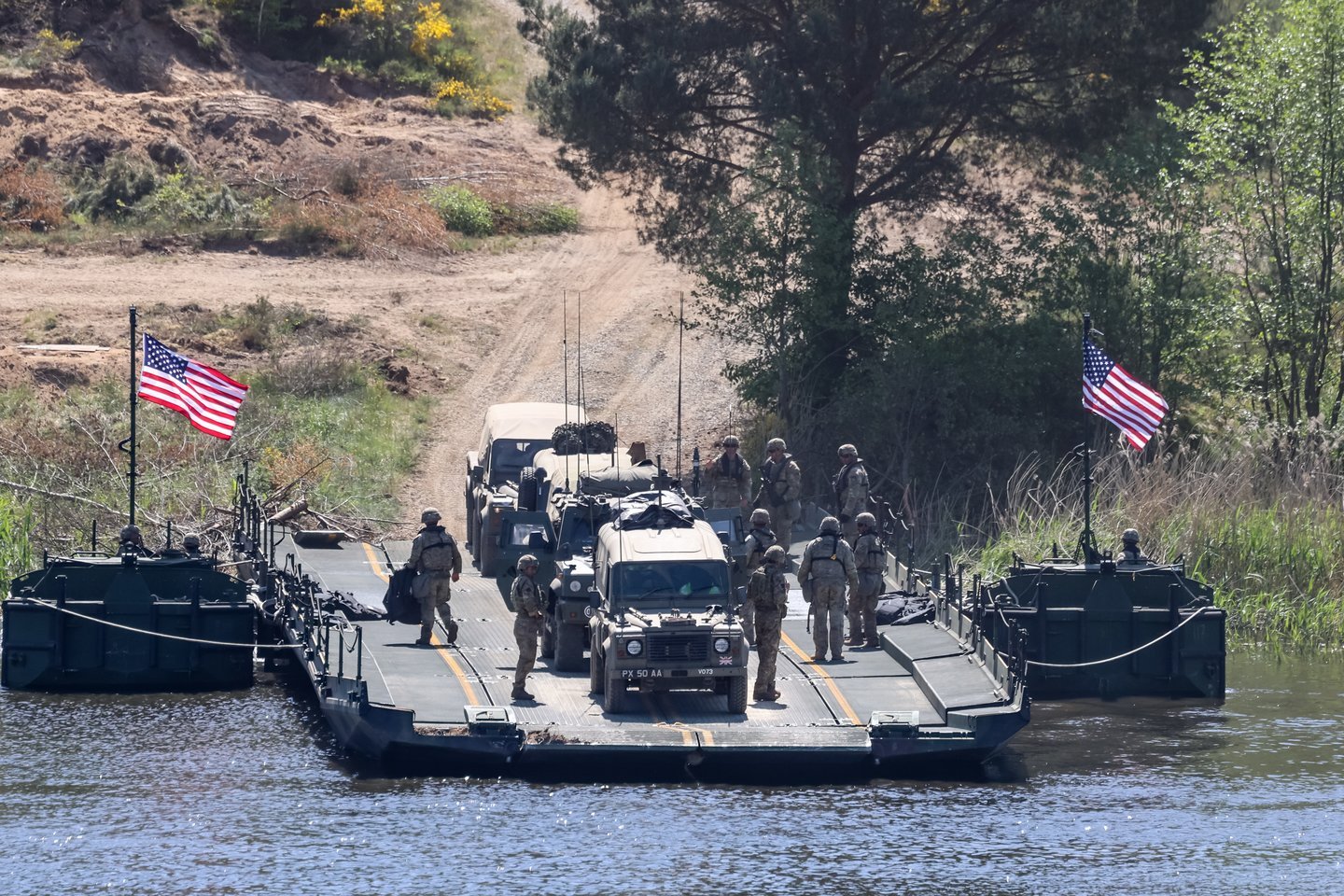The newspaper reports, citing sources, that under plans currently being drawn up, American troops will land in one of five ports.
They will then be sent along pre-planned logistical routes to counter a possible attack by Moscow.
These „land corridors“ have emerged amid warnings from the NATO alliance's top leaders that Western governments need to prepare for conflict with Russia over the next two decades.
„Land corridors“ for the Americans
Logistics routes have become a top priority after NATO leaders agreed at last year's Vilnius summit that 300,000 troops should be on standby to defend the Alliance.
Current plans call for American troops to first land in Dutch ports and then travel by train through Germany to Poland. In the event of a Russian invasion of NATO, US troops would arrive at the port of Rotterdam and then be sent east.
However, NATO agrees to extend the routes to other ports to prevent Russia from cutting off communication landlines.
„Ukraine is suffering greatly from these Russian long-range missile attacks on its logistics systems,“ Lieutenant General Alexander Solfrank, Head of NATO's main logistics directorate, JSEC (Joint Support and Enabling Command), told the publication.
If NATO forces arriving from the Netherlands are hit by Russian bombing or if Moscow's forces destroy ports in Northern Europe, the Alliance plans to focus on Italian, Greek and Turkish ports.
US forces could go overland from Italian ports through Slovenia, Croatia and Hungary, which shares a border with Ukraine.
Similar plans are in place to transport forces from Turkish and Greek ports via Bulgaria and Romania to reach the eastern flank of the Alliance.
Plans are also underway to transport troops through Balkan ports, Norway, Sweden and Finland.
In these corridors, troops will not be restricted by local rules and can freely transport cargo without the usual restrictions.
NATO examines logistics threat
For the past five years, JSEC has been conducting audits to identify the various routes that could be used to transport troops to fight a Russian invasion. Ports in Northern Europe, such as those in the Netherlands, Germany and the Baltic States, are particularly vulnerable to Russian missile attacks.
„Everything is designed to provide the necessary stability – reliability and reserves,“ said Solfrank.
After warnings that NATO has only 5% of the air defence needed to protect its eastern flank, the JSEC commander is concerned about the „surface-to-air“ capability to preserve critical logistics centres.
„In our assessment of Russia's war in Ukraine, we have noted that Russia has attacked Ukrainian logistics bases. This suggests that large logistics bases will be the first to be attacked and destroyed in a conflict situation.
As for air defence... It is always insufficient. I cannot imagine a situation in which air defences would be sufficient. This is an excellent example of the military principle: „If you want to be strong everywhere, you are not strong anywhere“,“ Solfrank noted.
Ukrainian President Volodymyr Zelensky believes a war between Russia and NATO is possible. He has repeatedly said this scenario will become a reality if Ukraine does not resist.
General Mark Milley, Chairman of the US Joint Chiefs of Staff, believes that Russia will not be able to hold out in a war of attrition longer than Ukraine.

